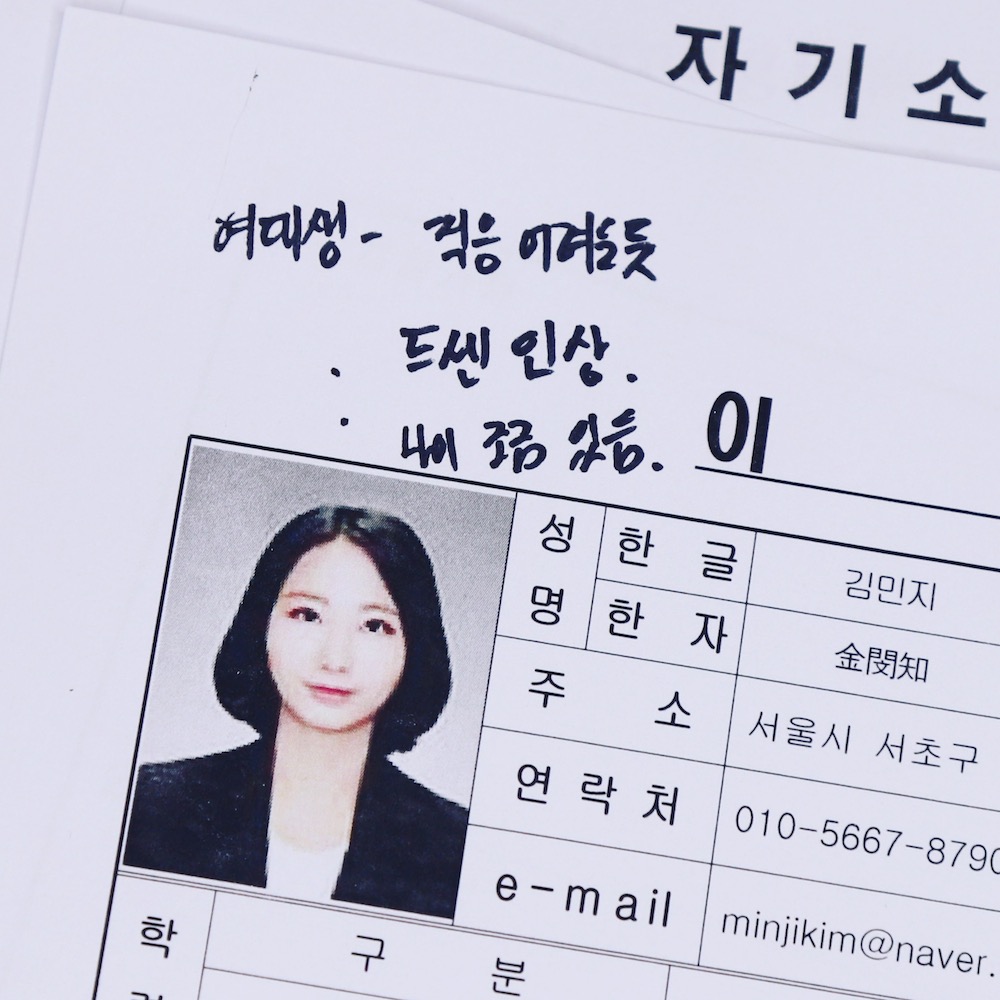
I’ve got a trip to America planned next month, and even though I’ve only lived in Korea for three years, I now know more or less where to expect the moments of reverse culture shock. They begin with the uniforms, the contrast in which makes itself felt right away at the airport where I land. I’ve never had to fly an American airline out of Korea — knock on wood — but one look at the uniforms on their attendants, especially by comparison to the Korean-airline uniforms I’ve been seeing for the past dozen or so hours in flight, always underscores that I’ve left one society and entered another. Few American institutions not related to defense or law enforcement now seem to hold their uniforms in high regard, or even to demand much effort in the wearing of them. Sometimes their uniforms scarcely read as uniforms at all; I think, for example, of the Hawaiian shirts at Trader Joe’s, a beloved American institution unknown in Korea.
Only recently has it occurred to me that the difference between Korean and American uniforms reflects a difference in the value each culture places on androgyny. Emphasis on, let alone exaggeration of, classically male or female traits seems to have fallen into relative disrepute in America, regarded as unprofessional in some milieux and — ironically — insufficiently rebellious in others. If 21st-century American uniforms tend not just to be near-aggressively casual but sexless as well, so does 21st-century American dress in general. The same could certainly not be said of 21st-century Korean uniforms, nor of 21st-century Korean dress in general, nor of the many areas of Korean life and society where dress and uniform converge. Those areas provide the material for The Social Uniforms Project, an Instagram account on which a model and photographer collaborate to vividly depict the many uniforms, both official and unofficial, worn by modern Korean women, as well as the contexts in which they appear.
Read the whole thing at the Los Angeles Review of Books.